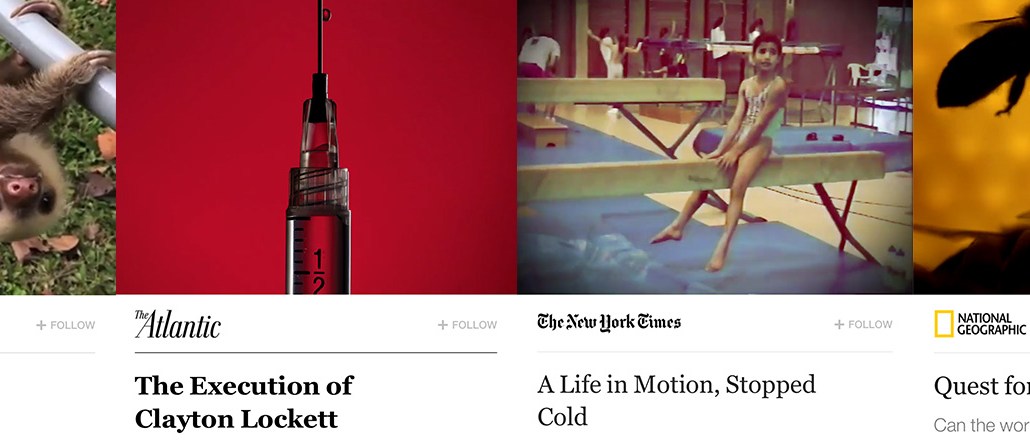Save 50% on a 3-month Digiday+ membership. Ends Dec 5.
Cosmo, The Washington Post and The Guardian on the platforms that matter to them

Most media outlets have come to accept they need to publish directly to platforms — from Facebook to Snapchat to Apple News. It makes sense to fish where the fish are. The problem is, they don’t always bite.
For its part, Cosmopolitan got a first-mover advantage by signing up early on Snapchat Discover — it gets 3 million views there a day.
The Guardian, meanwhile, has seen little benefit to being early on Facebook’s Instant Articles, highlighting the risk of handing over that distribution control.
At The Guardian’s Media Summit in London, those publishers and others discussed what’s working for them with their platform strategies, and how sustainable off-site publishing is likely to be for media companies in the long term.
Cosmo’s Snapchat Discover editions get 76 percent completion rates
Cosmopolitan publishes each Snapchat edition — 14 snaps in all — at 11 a.m. each day. Each edition has a completion rate of 76 percent. Not only is that completion rate high, but the platform encourages frequent use, too, with 56 percent of Cosmo’s Snapchat readers coming back to us five days out of seven, said Cosmo U.K. editor Farrah Storr.
While Snapchat may be the first interaction a reader has with Cosmo, it won’t necessarily lead them to continue doing so or subscribe, Storr conceded. Even if it does, Snapchat metrics are sparse, and identifying attribution is a long way off. However, February’s ABC figures show Cosmopolitan magazine is the U.K.’s most widely distributed women’s glossy.“So we have to deduce there’s some crossover there,” she said.
The Guardian sees little change with Facebook Instant Articles
The Guardian has recently started testing Instant Articles, and executive editor Mary Hamilton said it’s had little impact on traffic. So the paper must be careful to diversify its platform approach and keep other revenue streams going, like its membership program.
Ad position: web_incontent_pos1
Instant Articles leads to more regular reading for The Washington Post
The Post has been posting all 120 of its daily Facebook posts this way, and it’s had a much more positive experience. “We’ve seen a dramatic uplift in the number of people who come more than once a week to our site,” said the publisher’s director of strategic initiatives, Jeremy Gilbert. “Instant Articles breeds recirculation and deeper engagement on the number of articles and length of time spent.”
The Washington Post’s traffic has grown 11.5 percent in the U.K. between December and February, according to comScore, so it believes Instant Articles hasn’t cut into growth on its own platform. Part of the reason the Post is enjoying this success on Instant Articles could be that only a select few publishers have access to it, though, he conceded.
More in Media

Digiday+ Research Subscription Index 2025: Subscription strategies from Bloomberg, The New York Times, Vox and others
Digiday’s third annual Subscription Index examines and measures publishers’ subscription strategies to identify common approaches and key tactics among Bloomberg, The New York Times, Vox and others.

From lawsuits to lobbying: How publishers are fighting AI
We may be closing out 2025, but publishers aren’t retreating from the battle of AI search — some are escalating it, and they expect the fight to stretch deep into 2026.

Media Briefing: Publishers turn to vertical video to compete with creators and grow ad revenue in 2026
Publishers add vertical video feeds to their sites to boost engagement, attract video ad spend and compete with news creators.
Ad position: web_bfu